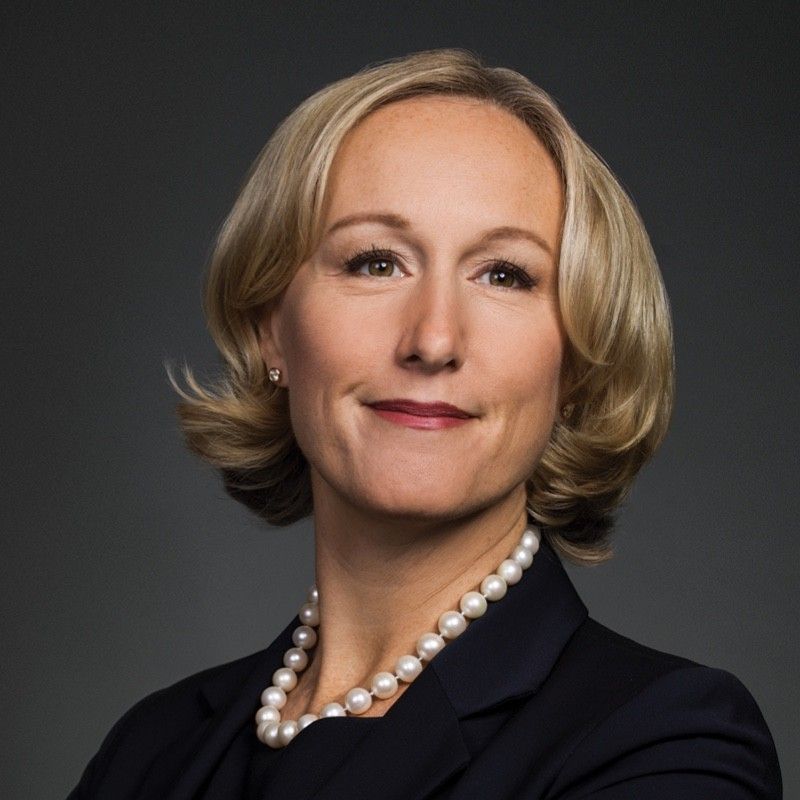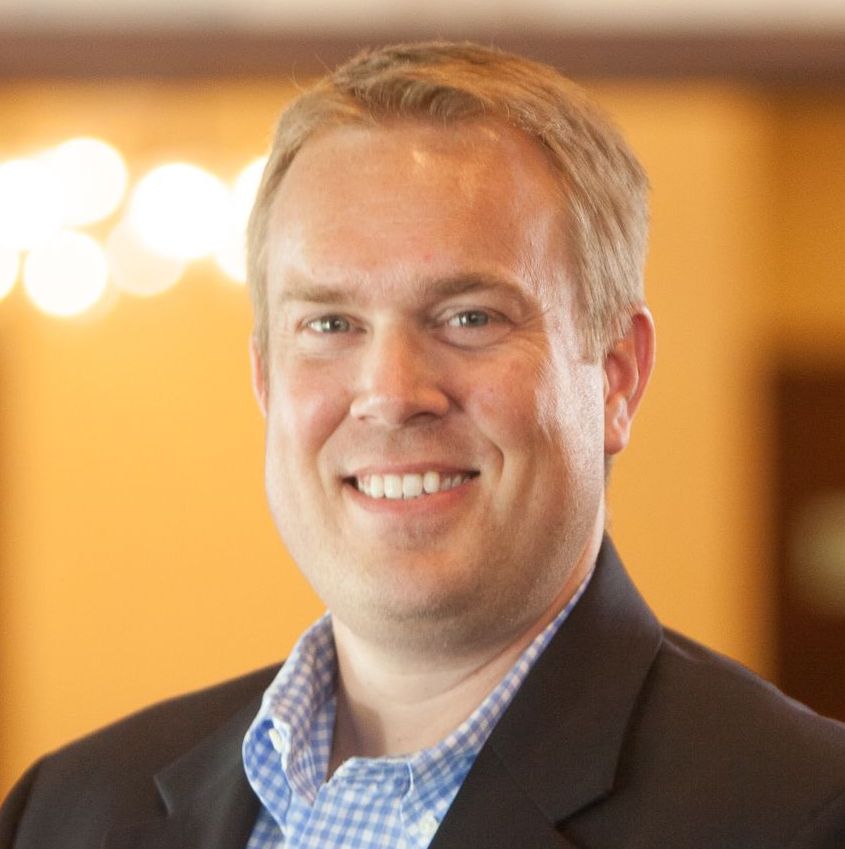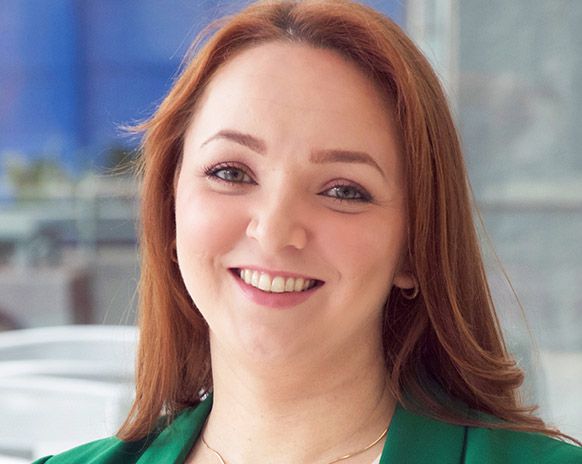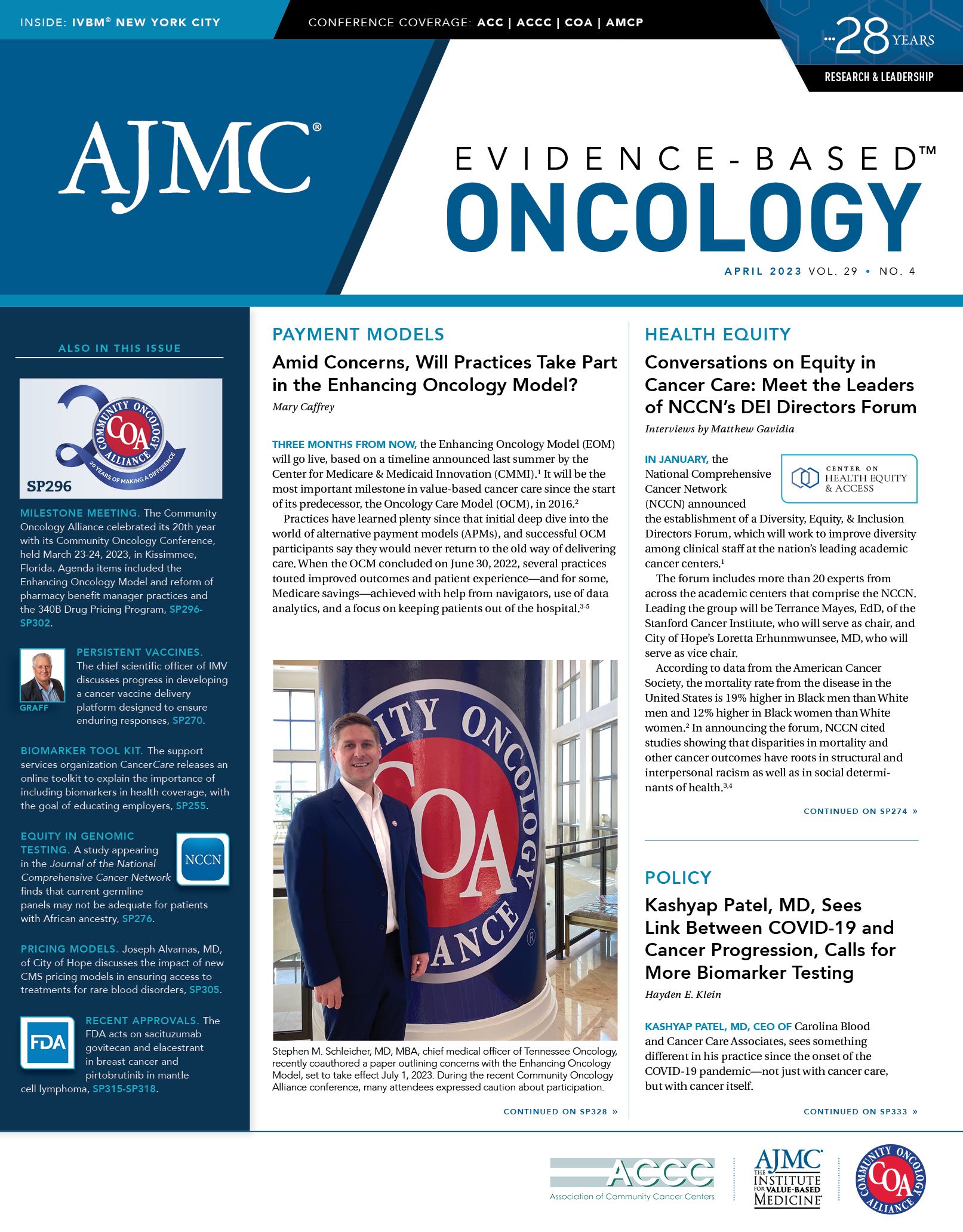- Center on Health Equity & Access
- Clinical
- Health Care Cost
- Health Care Delivery
- Insurance
- Policy
- Technology
- Value-Based Care
Amid Concerns, Will Practices Take Part in the Enhancing Oncology Model?
Oncologists express concerns about the replacement for the Oncology Care Model; the EOM is set to start July 1, 2023.
Three months from now, the Enhancing Oncology Model (EOM) will go live, based on a timeline announced last summer by the Center for Medicare & Medicaid Innovation (CMMI).1 It will be the most important milestone in value-based cancer care since the start of its predecessor, the Oncology Care Model (OCM), in 2016.2
Practices have learned plenty since that initial deep dive into the world of alternative payment models (APMs), and successful OCM participants say they would never return to the old way of delivering care. When the OCM concluded on June 30, 2022, several practices touted improved outcomes and patient experience—and for some, Medicare savings—achieved with help from navigators, use of data analytics, and a focus on keeping patients out of the hospital.3-5
Patt

“We really did transform, adapt, and evolve for the OCM,” Debra Patt, MD, PhD, MBA, executive vice president at Texas Oncology, and vice president, Community Oncology Alliance, told Evidence-Based Oncology™ (EBO) in a recent interview. Patt listed the improvements at Texas Oncology: new strategies for patient navigation, symptom management, and patient communication, as well as a “laser focus” on time to symptom resolution.
Patt continued, “We launched electronic patient-reported outcomes [ePROs] for patients to better characterize their symptoms, and thought, ‘How do we respond to them quickly?’ ”
After years of transformation, she said, “I’m excited about the EOM.”
But Patt has concerns about the new model, and she is not alone.
Leaders from oncology practices large and small—including some who mastered the OCM in its later years—worry that the 5-year EOM is too risky financially and asks practices to take on important new tasks with fewer resources. They have shared their concerns in public forums and private conversations, and several told EBO they have sent word to CMMI and its parent agency, CMS.
Tennessee Oncology Chief Medical Officer Stephen M. Schleicher, MD, MBA, was senior author of a commentary in JAMA Oncology that recommended changes to the EOM,6 which he discussed during an Institute for Value-Based Medicine® session in early February 2023 (SP284), presented by The American Journal of Managed Care® (AJMC).
Schleicher

Being in the OCM allowed Tennessee Oncology to pursue value-based care efforts beyond Medicare, Schleicher said. “It catapulted partnerships with other payers, including 2 new narrow networks and 2 more on the way, and it attracted fellows interested in this form of care delivery innovation who otherwise would have never thought to come to Nashville. So, am I glad I did OCM? Yes, [but] it doesn’t mean I’m excited for EOM.”
When the EOM was unveiled in June 2022, oncology practices that had invested in value-based care were relieved that CMMI would offer an OCM successor.5 But since that time, enthusiasm has waned, and no one is sure how many participants will sign on by July 1, 2023. CMS declined to give EBO a minimum number of practices needed to make the model work, but said in an email, “As with all Innovation Center models, sufficient participation is necessary for model viability and to be able to evaluate the model.”
A show of hands at a March 23, 2023, session of the COA Community Oncology Conference suggests many practices went through the EOM application process last fall (SP298), which was the first step toward a practice agreement with CMMI. But so far, it is impossible to say how many applied or whether any practices have formally opted out. When EBO asked CMS for these data, the agency said these numbers will be released closer to July 1. CMS acknowledged in its email, sent March 28, 2023, that practice agreements have not been finalized.
Concerns With EOM: Do More for Less
Both CMMI and practice leaders say lessons from the OCM informed the development of its successor. A chief “lesson” was that the OCM was associated with a $315.6 million net loss for Medicare.6 Top OCM performers call this figure misleading, because in later years practices improved efficiency in the model once they received performance data to guide them.
For example, Stuart Staggs, MSIE, senior director of strategic programs for McKesson, which supports The US Oncology Network, wrote in July 2022 that these practices had achieved savings of $240 million for Medicare going into 2020;5 in an email, he said data through December 2021 showed that savings had climbed to $337 million, comparing total expenditures to expected benchmark costs.
Still, the need for the EOM to be a financial winner drives its parameters. Monthly Medicare payments for each patient receiving active treatment will be smaller, and the pool of patients eligible for the model will shrink. Of greatest concern to practice leaders, however, is an EOM requirement that reimbursement be tied to an “at risk” formula, also called 2-sided risk, from the first day of the model. This means that if the practice fails to achieve certain savings benchmarks, it could owe Medicare money.
Alongside the smaller monthly payments, EOM practices will be asked to collect ePROs as well as data on patients’ health-related social needs. CMS said in an email to EBO that it “expects” practices to use these data to address health equity issues.
Jones

“At a very high level, you can summarize the EOM fairly simply by saying they want you [to] do more, and they’re going to pay you less,” Ben Jones, vice president for government relations and public policy for The US Oncology Network, said in an interview. “That’s not always a great recipe for success.”
Reduced oncology payments. Under the EOM, payments for Monthly Enhanced Oncology Services (MEOS) will drop from $160 per patient per month to $70, although CMMI will pay an extra $30 per month for patients who are dually eligible for Medicare and Medicaid.1 In addition, the EOM will limit the model to patients with 7 common cancer types, further reducing the revenue stream that paid for patient navigators, 24/7 access to medical records, and other supportive services.
Patt and other oncologists say this presents a challenge because practices transformed care delivery for every patient, not just those in the OCM. A practice that signs up for the EOM is not going to skip depression screening, navigation, or care treatment plans for patients who are not covered by the model, she said.
“I don’t look at what insurance company the patient has as I think about how they get treatment,” Patt said. “I look at all patients the same.”
During the OCM years, MEOS allowed practices to invest in this infrastructure in ways that benefited all patients. However, “it costs a lot of money to do that. It was a tremendous expense for the practice,” Patt said, and these costs will not be sustainable under the EOM structure as presented.
In response, CMS states: “The EOM payment structure aims to strike a better balance between supporting the provision of enhanced services and empowering participants to achieve the episode expenditure savings needed to earn a performance-based payment or to avoid a recoupment. CMS believes this will better position participants for success.” CMS notes the change that the extra $30 for dually eligible patients is not included when calculating total cost of care, “to encourage participation from…practices that engage with underserved communities and complex patients who require more resource-intensive care, have higher expenditures per episode, and historically account for a disproportionately larger share of Medicare expenditures.”
In their paper for JAMA Oncology, Samyukta Mullangi, MD, MBA, of Memorial Sloan Kettering Cancer Center; Ravi B. Parikh, MD, MPP, of the University of Pennsylvania; and Schleicher argue that providing enhanced services will be most challenging for practices that did not take part in OCM and have not built the infrastructure. Yet, these are the practices that most need to participate in value-based care. If MEOS is not restored, they write, “Alternatively, first-time APM participants, solo practices, and rural practices should receive higher 1-time payments to induce participation while they build the data, reporting, and care management infrastructure necessary to succeed.”6
Taking on risk from the start. Under the OCM, practices were given time to operate under a 1-sided risk formula before shifting to 2-sided risk. This allowed practices to be rewarded for exceeding benchmarks but not punished for missing them until they became familiar with the OCM.
Mullangi et al call for restoring this approach: “Rather than immediately launching with mandatory 2-sided risk, the EOM could consider establishing a 1-year to 2-year period with gradually increasing levels of risk sharing. This glide path would potentially allow time for unexpected challenges in the model (including recovery from COVID-19–related volume declines) to correct, as well as allow practices time to receive feedback and understand ways to improve.”
In addition, the authors explain, the model’s “safe zone,” where financial performance is neither higher nor lower than savings benchmarks, is narrower than with the OCM, leaving less room for error.
Again, CMS takes a different view. The statement to EBO says that “the goal is to pay oncologists based on clinical performance, rather than by the number of appointments or procedures they can fit into their day. Downside risk is required in EOM because predicted savings estimates demonstrate 2-sided risk arrangements offer a stronger financial incentive than upside-only risk arrangements to transform care, maximize optimal patient outcomes, and achieve detectable savings.”
For practices lacking experience in downside risk, CMS cites the safer option between a pair of risk designs. “The stop-loss in EOM Risk Arrangement 1 (the lower-risk option) is 2% of the benchmark and will take effect sooner than in either of the 2 downsided risk arrangements in OCM,” the statement said.
Social needs data. Across multiple settings, oncologists have wondered how they will meet new requirements to collect data on health-related social needs—and what will happen to the data once they do. Barbara McAneny, MD, the CEO of New Mexico Cancer Center and the originator of the Community Oncology Medical Home model, has said the Native American patients she sees have a history of being shortchanged when they share information with the government, and she worries that asking for these data will breed mistrust.
Both Schleicher and Kashyap Patel, MD, the CEO of Carolina Blood and Cancer Care Associates of Rock Hill, South Carolina, said during an AJMC® webinar that oncology practices do work to connect patients in need with social services. Systemically asking patients whether they lack food or housing implies the practice will find a solution, however, and that can be time-consuming for a small practice. “CMS has not specified how they are going to reward practices that do this,” said Patel, who is associate editor of EBO.7
Revol

Practices are also unclear on what data they must collect, or how. Mullangi et al called for CMMI to specify a standardized 7- to 14-item list to give practices guidance. Cindy Revol, MBA, MPH, senior vice president for oncology solutions at Trilliant Health, said in an interview that this requirement can be met with the use of artificial intelligence that does not add to the patient’s burden.
In response, the CMS statement to EBO said, “The collection of health-related social needs data is a requirement of EOM, but reporting to CMS is not a requirement.”
Data collection helps advance CMS’ broader healthy equity goals, the statement said, and can be accomplished through existing requirements for patient navigation and care planning. CMS expects practices to use patients’ social needs data “to facilitate whole-person, patient-centered care.”
Tools to Test-drive and Operate the EOM
As practices face decisions on joining the EOM, technology companies have emerged with online tools to help practices gauge how well they might do under the model. COA and Avalere Health collaborated on a tool that was presented in practice-only online workshops during February and March 2023, and Trilliant Health announced it was making its free interactive tool available on February 8, 2023.
Revol, of Trilliant Health, said the company’s tool can help practices make the baseline decision whether to pursue the EOM and which of the 2 risk designs makes sense, something that she said is a crucial decision with the model requiring practices to take on risk from the start. CMS will allow practices to shift from one risk design to the other with 6 months’ notice, she said, but “with this initial performance period, you’re kind of locked in for a while once you make the risk arrangement decision.”
“Having to take downside risk immediately is pretty challenging,” Revol said. “Most practices, especially the smaller ones, don’t necessarily have time or resources to read 90-page documents and really digest how everything was working.” The Trilliant tool is not a perfect predictor of how a practice will fare under the EOM, but if practices put in certain data points, it can provide a visual picture of the potential risk for both of the proposed arrangements.
“If you’re on the fence about even joining the EOM, hopefully this gives you another data point in your strategy planning,” she said, noting that practices were trying to weigh their options before seeing a practice agreement.
Amy Valley, PharmD, vice president for clinical strategy and technology solutions at Cardinal Health, agrees that taking on downside risk right away will be difficult. For those that sign on to the EOM, Cardinal’s Navista TS platform can help identify patients at risk for hospitalizations or emergency department visits. Through a collaboration with Lightbeam Health Solutions, the platform can also prioritize patients’ ePRO responses. Now that many Medicare beneficiaries will be outside the EOM due to their cancer type, Valley said the platform can determine which patients are in the EOM and which ones might be included in one of CMMI’s other practice models. But although technology can help, practices will have reduced MEOS to support these activities.
Valley sees plenty of challenges ahead. “I think that the immediacy of data to help inform a practice on their performance will continue to be an issue; it was certainly an issue in OCM,” she said, although the promise from CMMI is that data will come more frequently.
Will There Be Changes to EOM?
At the COA conference in late March, some remained hopeful that CMMI would consider late adjustments to the EOM. “I hope that there may be some remediation in the model and be able to maybe delay some of the downside at risk, but that remains to be seen,” Valley said. “My concern is that [this] impairs practices’ participation in these innovative programs that will help us to continue to improve quality and lower costs for patients.”
Kathy Oubre, MS, the CEO of Pontchartrain Cancer Care based in Covington, Louisiana, knew in 2016 that her small practice was not ready for the OCM.
“But what we did do was take the best pieces of OCM and develop those internally, to prepare ourselves for what we saw was going to be in these models moving forward,” she said. During the past 6 years, her organization has been transformed, adding survivorship care, advanced care planning, and other services. Like many practices, Pontchartrain applied for the EOM.
Oubre

“So, now, it’s decision time,” Oubre said in an interview. The challenge now, with downside risk being required immediately, is that like many other health care organizations, Pontchartrain saw a high level of staff turnover amid the COVID-19 pandemic. Although the staff has begun to stabilize, the idea of asking new employees to take on the EOM gives Oubre pause.
“I don’t have a high confidence level, even though they’re great employees, that we can do this to the level that we would need to do in a 2-sided risk model and stay positive, because I’m also responsible financially, to keep the business open, to keep my employees paid, and to be able to keep the infrastructure that we currently have to provide the best cancer care for our patients,” Oubre said. “If I had to decide today, I would say that we just simply cannot do it for those reasons.”
When the early OCM years coincided with the rise of immunotherapy, CMMI introduced adjustment factors to account for rising drug costs. Oncologists have praised the EOM’s pricing elements as more granular than those in the OCM, but many are unclear how, or at what point in the 5-year life of the model, CMMI would consider changes based on practices’ experience.
CMS’ statement highlights the OCM experience and said feedback is welcome, and that CMMI “will continuously assess the model during implementation to determine how it is meeting the statutory requirement to improve quality and reduce costs.”
Jones, from The US Oncology Network, said he is optimistic that dialogue with CMMI will yield results. “The folks at CMMI have been terrific at least engaging in that back-and-forth conversation,” he said. “So, we’re hopeful that as the EOM comes as enrollment starts, we do get that kind of back-and-forth, that true collaboration with CMMI as a partner to make sure it’s a successful model.”
Pearl Steinzor contributed to this report.
References
1. Enhancing Oncology Model. Center for Medicare & Medicaid Services. Updated March 6, 2023. Accessed March 28, 2023. https://innovation.cms.gov/innovation-models/enhancing-oncology-model
2. Oncology Care Model. Center for Medicare & Medicaid Services. Updated November 18, 2022. Accessed March 28, 2023. https://innovation.cms.gov/innovation-models/oncology-care
3. Dr. Stephen Schleicher on future advances in value-based care. Tennessee Oncology. April 11, 2022. Accessed March 28, 2023. https://tnoncology.com/news/2022/04/11/dr-stephen-schleicher-on-future-advances-in-value-based-care/
4. Beyond the OCM: how are commercial payers & employers delivering value-based cancer care? Part 1. The American Journal of Managed Care. Published online May 6, 2022. Accessed March 28, 2023. https://www.ajmc.com/view/beyond-the-ocm-how-are-commercial-payers-employers-delivering-value-based-cancer-care-part-1
5. Staggs S. New Enhancing Oncology Model builds on knowledge from the OCM. Am J Manag Care. 2022;28(Spec 6):SP405
6. Mullangi S, Parikh RB, Schleicher SM. Next-generation alternative payment models in oncology—will precision preclude participation? JAMA Oncol. Published online February 16, 2023. doi:10.1001/jamaoncol.2022.7179
7. Putting the Enhancing Oncology Model into practice. Episode 6: Addressing health equity and social needs. The American Journal of Managed Care. December 14, 2022. Accessed March 28, 2023. https://www.ajmc.com/view/addressing-health-equity-and-social-needs


